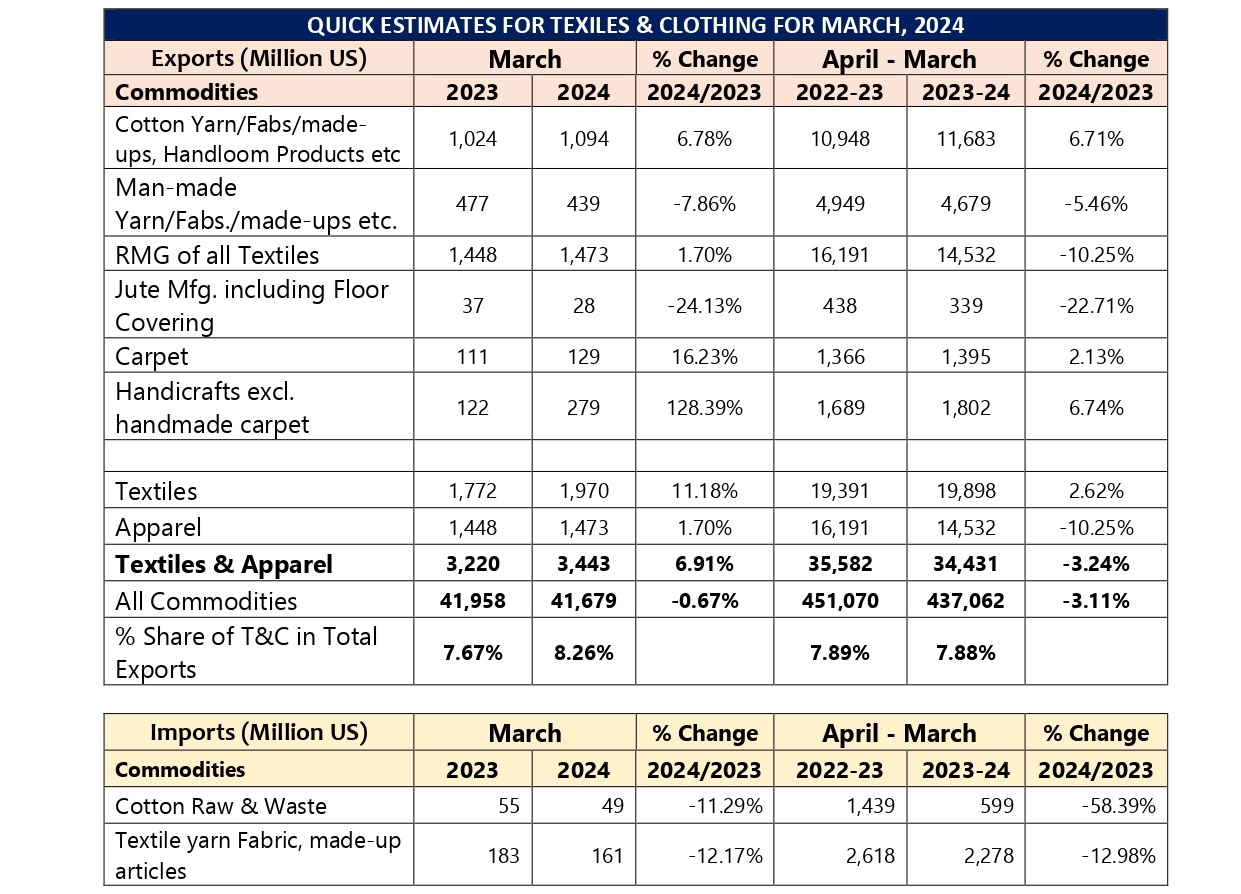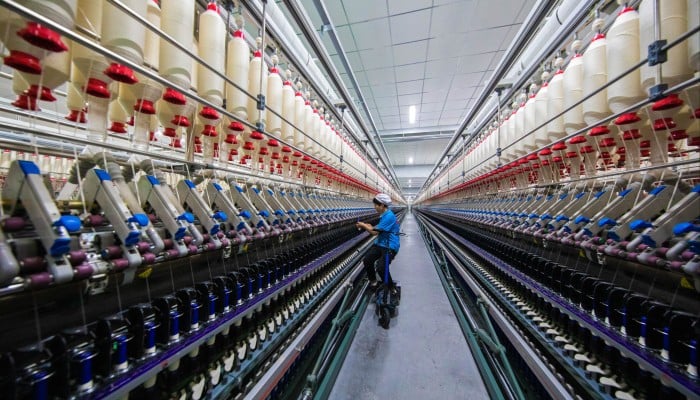
Despite social and governmental pressures to slowdown, fast-fashion continues to forge ahead. As per Research and Markets, an expansive market research and analyst firm for the textile and apparel sector, global fast fashion market will grow from $106.42 billion in 2022 to $122.98 billion by end of 2023, at a compound annual growth rate (CAGR) of 15.6 per cent.
The current geo-economic-political scenario has led to sanctions on multiple countries, surge in commodity prices, and supply chain disruptions, causing inflation across goods and services affecting many markets across the globe. Given a scenario where consumers are feeling the pinch, fast fashion is being seen as attractive for its accessible pricing, something Western consumers are coming to terms with as they espouse sustainable fashion. There is a chance that fast fashion may be the politically incorrect preference but tough economic times call for compromises.
As per the Market and Research study, fast fashion is expected to touch $184.96 billion in 2027 at a CAGR of 10.7 per cent. Indeed, the most prolific champion of clamping down fashion sector’s black sheep is the European Union that is implementing policies focused on the end of fast fashion but ground reality is different.
The US, EU remain frontrunners of fast fashion
In its political face-off with China, the US came down heavily on cotton and cotton yarn, farmed and spun in the North Western Chinese province of Xianjiang highlighting the use of forced Uyghurs bonded labour. Of course, China denies this allegation but the ball was set rolling for the human rights factor to take centre stage in the fashion sector, long accused of major violations including child labour. The US has banned a number of garment imports from Vietnam, a major textiles exporter. Companies there were found to be sourcing materials, including cotton, from China that the US government believes violates trade and labor standards.
Yet, North America, primarily the US, continued to have the world’s largest share of fast fashion market as late as April 2023. The European Parliament has been working hard on many policies but when it came to consumers, the EU as a collective, excluding the UK, is fast fashion’s second largest market. So, is the consumer really committed to help their governments fight against fast fashion?
Damning rights violations in textile and RMG production zones
Juan Ponce Enrile, a Filipino politician and lawyer known for his role in global justice, human trafficking and exploitative labor highlights the plight of migrants and child laborers, who constitute a significant portion of the global labor force. The International Labor Organization (ILO) estimates there are over 170 million migrant workers worldwide, nearly half of whom are women. Meanwhile, conservative estimates from the ILO show South Asia, a major hub for the world’s garment exports, is home to approximately 16.7 million children aged 5-17 years engaged in child labor, with 10.3 million falling within the age 5-14. Children between 5 to 11 years represent around one-fifth of all child laborers in South Asia. And there are well-documented incidents of sexual abuse of women and children by adult male co-workers and factory owners in South and South East Asia.
Many analytics and experts agree, the global consumer is being exposed to such gross human conditions through all forms of media but the question remains whether this awareness is translating into action? There are definitely swathes of consumers who demand justice and boycott faulting labels and in a strange contradiction, sales of fast fashion brands are higher in markets where there are more protests against it.












